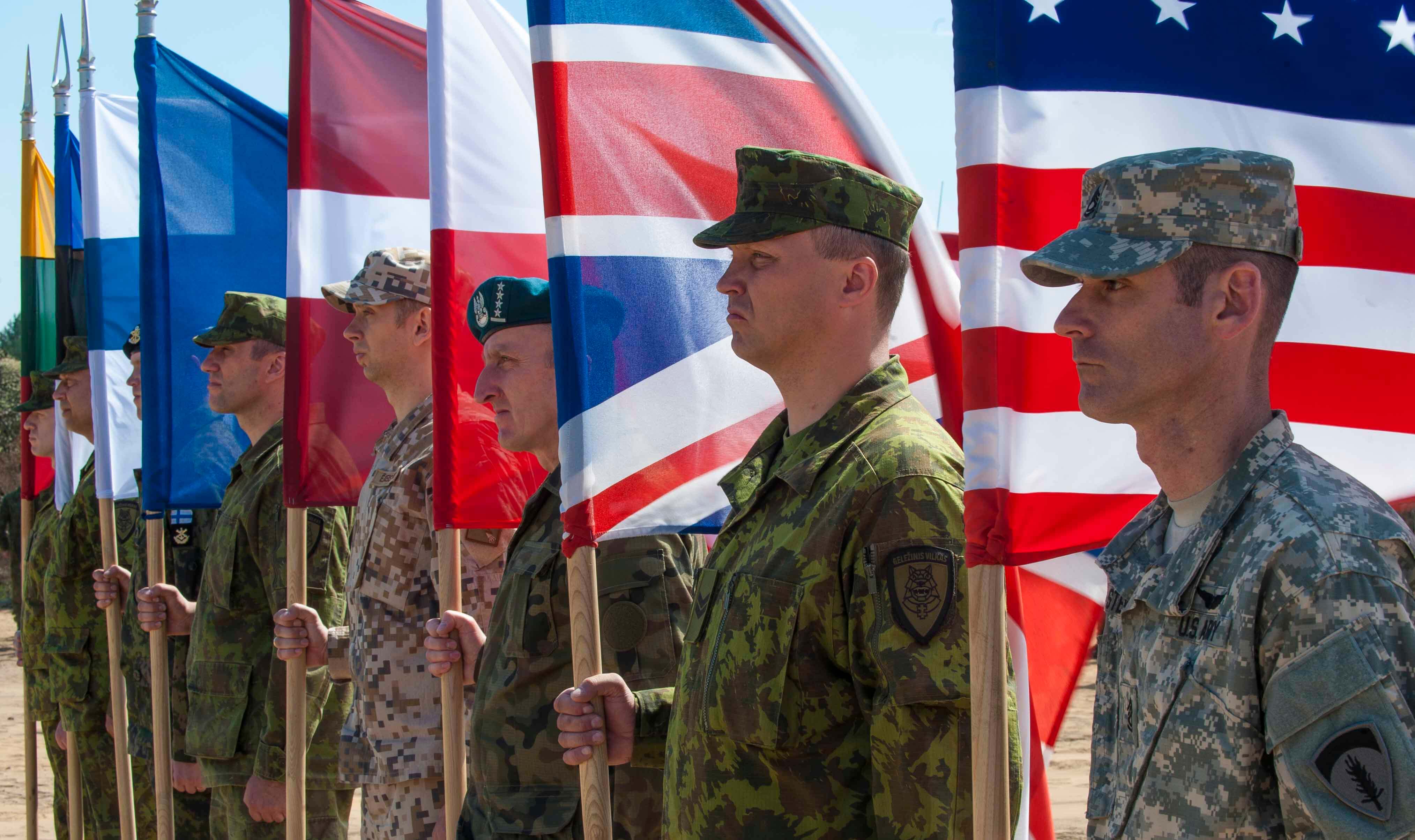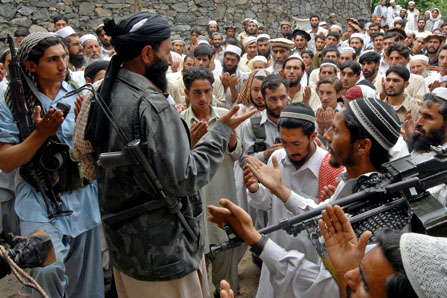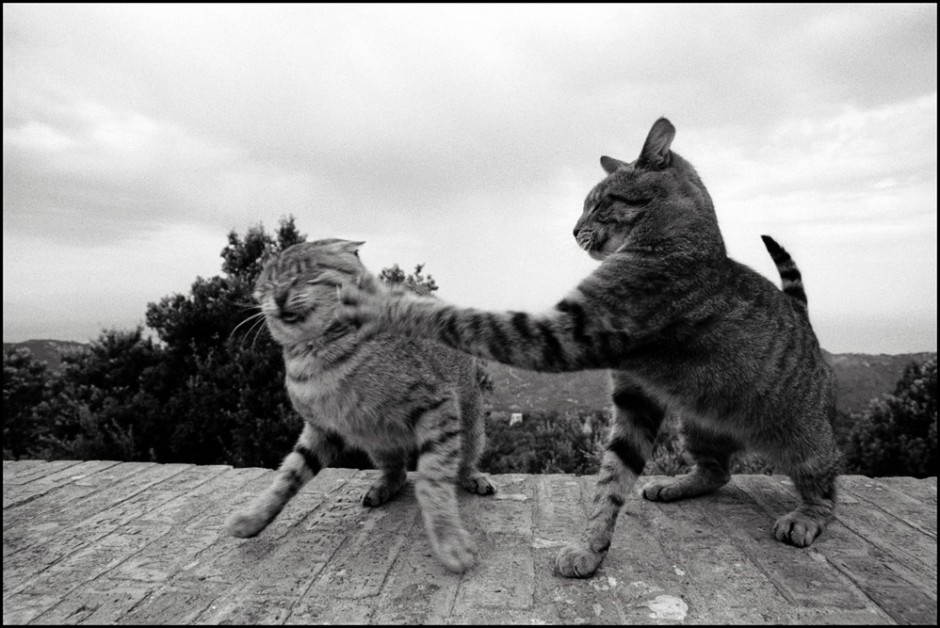The Wales Summit in 2014 developed a new look into NATO’s military role. Less focus will be placed on being a force of global stabilization, and more focus will be placed on indivisibility and collective defence. This strategic change means that principles of multinationality within NATO’s structure may require change. The Wales Summit Declaration states that NATO remains an alliance “based on solidarity, Alliance cohesion, and the indivisibility of our security, NATO remains the transatlantic framework for strong collective defence.”
By 1955, the Cold War had created a specific focus for NATO, which allowed for multinationality to work. As Dr. Martin Zapfe, writes in his paper for the NATO Defence College, “Allied armed forces agreed to integrate and cooperate to a degree never seen before. They did so, however, against one single foe, in one single scenario.” While this inevitably reduces a state’s capabilities, and to a degree its independence, multinational integration was essential during the Cold War to ensure protection from the Soviet Union and its allies.
Multinationality can create political, logistical and operational challenges. These challenges may have been easier to deal with during the single-issue era of the Cold War, however, this is not the case in the twenty-first century as demonstrated by the Wales Summit’s strategic shift. According to Zapfe, “tying down troops in integrated units at a relatively low level drastically reduces a state’s ability to act independently: integration reduces strategic flexibility.” Logistically, standardizing weapons and ammunition is difficult to maintain during combat. Intensity of combat can cause breakdowns for multinational integrated units; language deficit and tactical deficiencies can be exacerbated by multinationality, and can be life-threatening in conflict situations. There are significant limitations to how far multinational integration can be taken before it creates negative consequences for combat effectiveness. Multinationality is nice for showing solidarity, but not for actual force structures in battle. Integration ultimately requires sharing, and this is only possible with a certain type of security environment. NATO members need to feel secure in order to give up resources to commit to multinational force structures.
Effectiveness should be the highest priority with the new strategic focus of collective defence. The Declaration states, “We will ensure that the current NATO Command Structure remains robust, agile, and able to undertake all elements of effective command and control for simultaneous challenges.” In the past, Dr. Zapfe argues that NATO success came from well-practiced and well-drilled command and control structures, coupled with strong ad-hoc generated troops, not multinationality. There will still be a high degree of cooperative exercises and training, as this is fundamentally essential to the continued strength of the Alliance. These exercises and training, however, will focus on grand scheme multinational integration, rather than the low tactical level integration of the past. This will ensure that force structures will focus on combat-effectiveness rather than national composition. Moving away from “issues of political symbolism” and working toward “actual warfighting capability; and again, counting on a multinational corps including, potentially, multinational divisions or even brigades, is a risky bet.”
Multinationality still has a role to play, but not as significant as the past. It will play a significant role in the institution of the Very High Readiness Joint Task Force (VJTF), “in the face of this ‘hybrid’ threat, the VJTF stands in the tradition of the [Allied Mobile Force] and can, as its predecessor, best be described as a ‘mobile tripwire,’ constituting a deployable guarantee of Alliance solidarity.” The VJTF will still require a high degree of multinational integration.
The key takeaway from the Wales Summit’s redirecting of NATO’s focus toward collective defence in terms of multinationality is that members will be required to utilize a greater portion of their own capabilities for their own concerns primarily, and contribute to the pooled resources secondarily. This requires political and resource independence that the current structure of multinationality makes difficult. As Dr. Zapfe states, “improving NATO’s capabilities is acknowledging that the current course falls short.”



